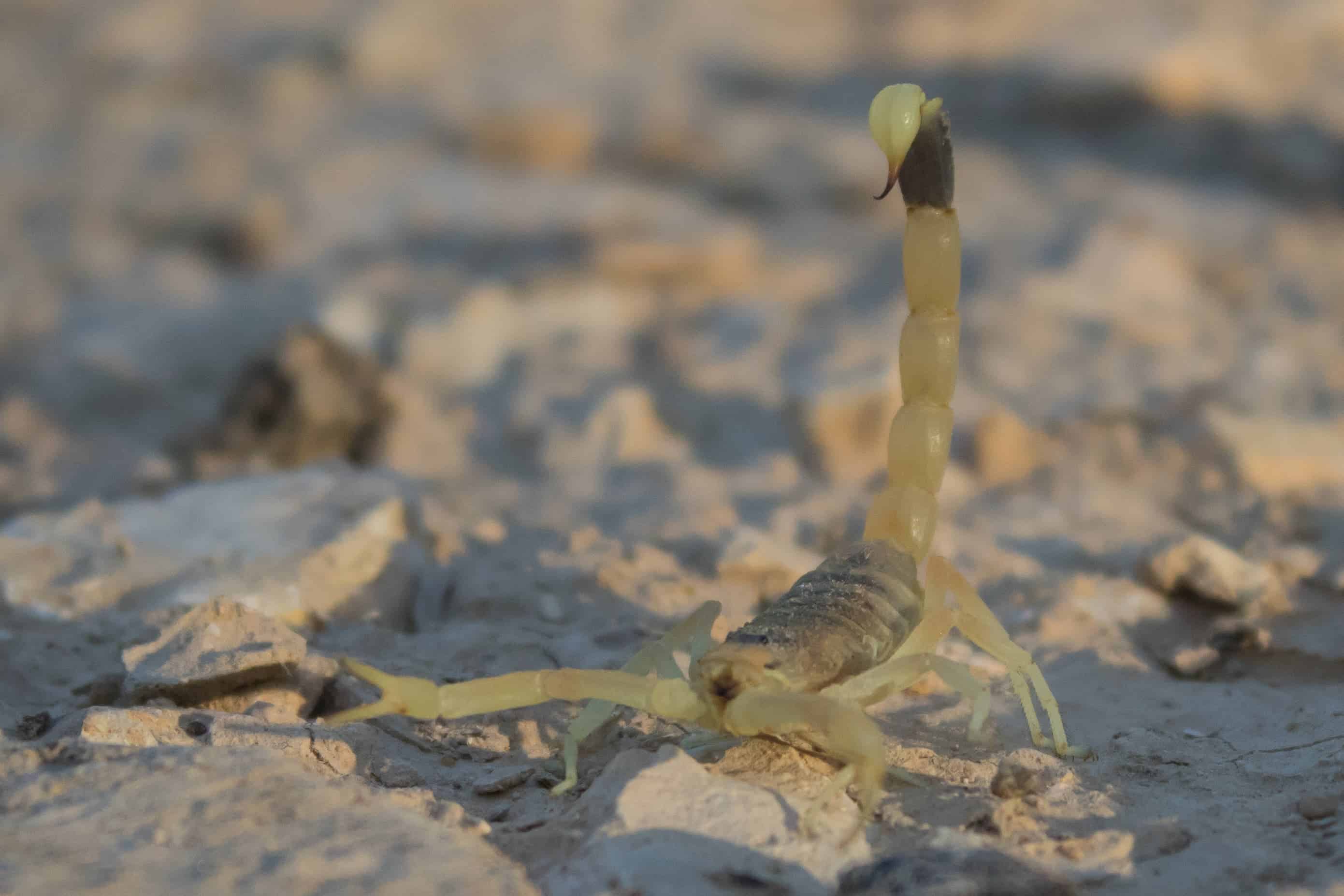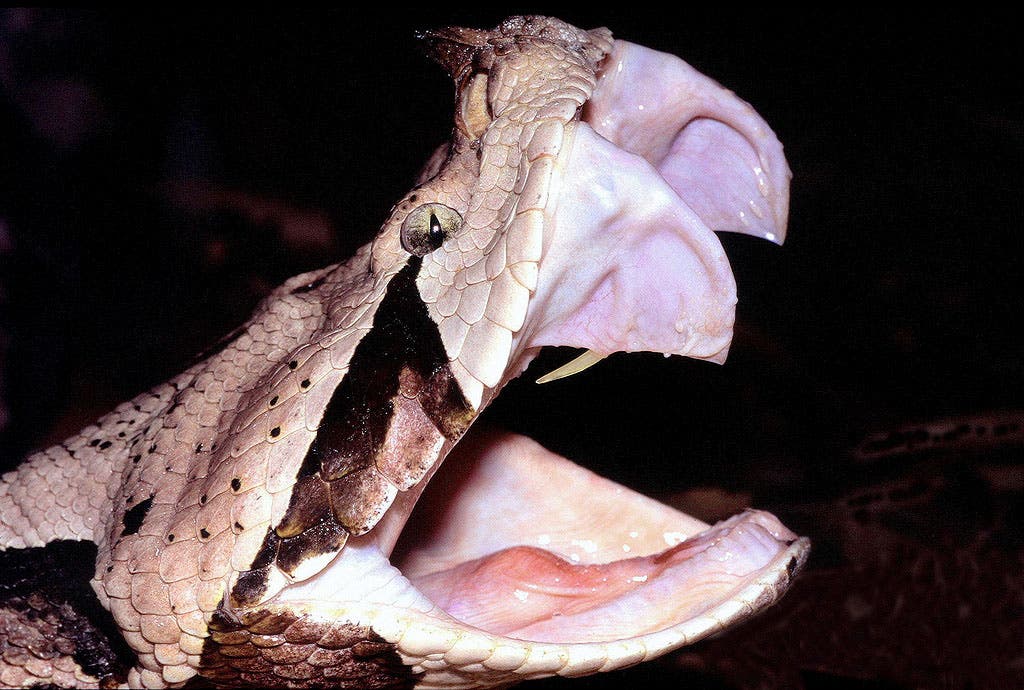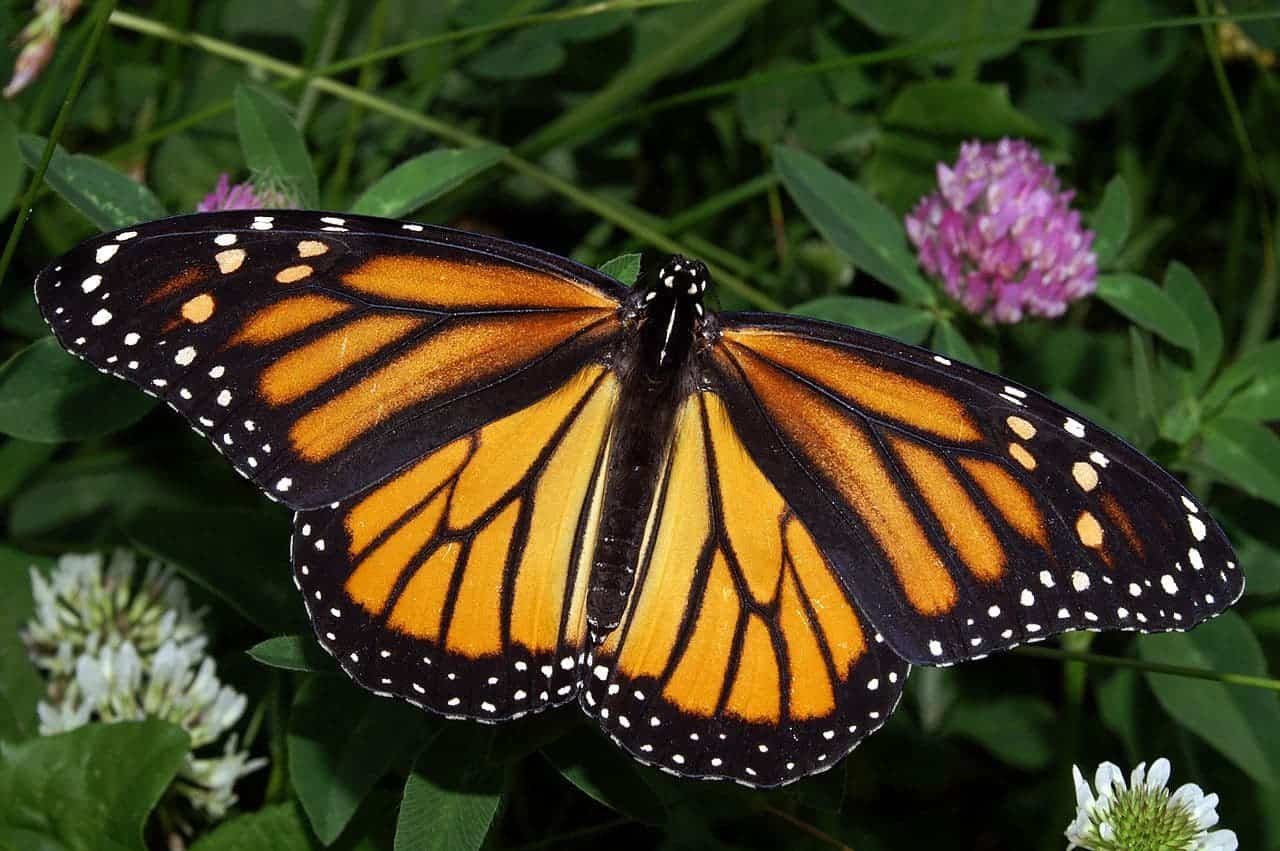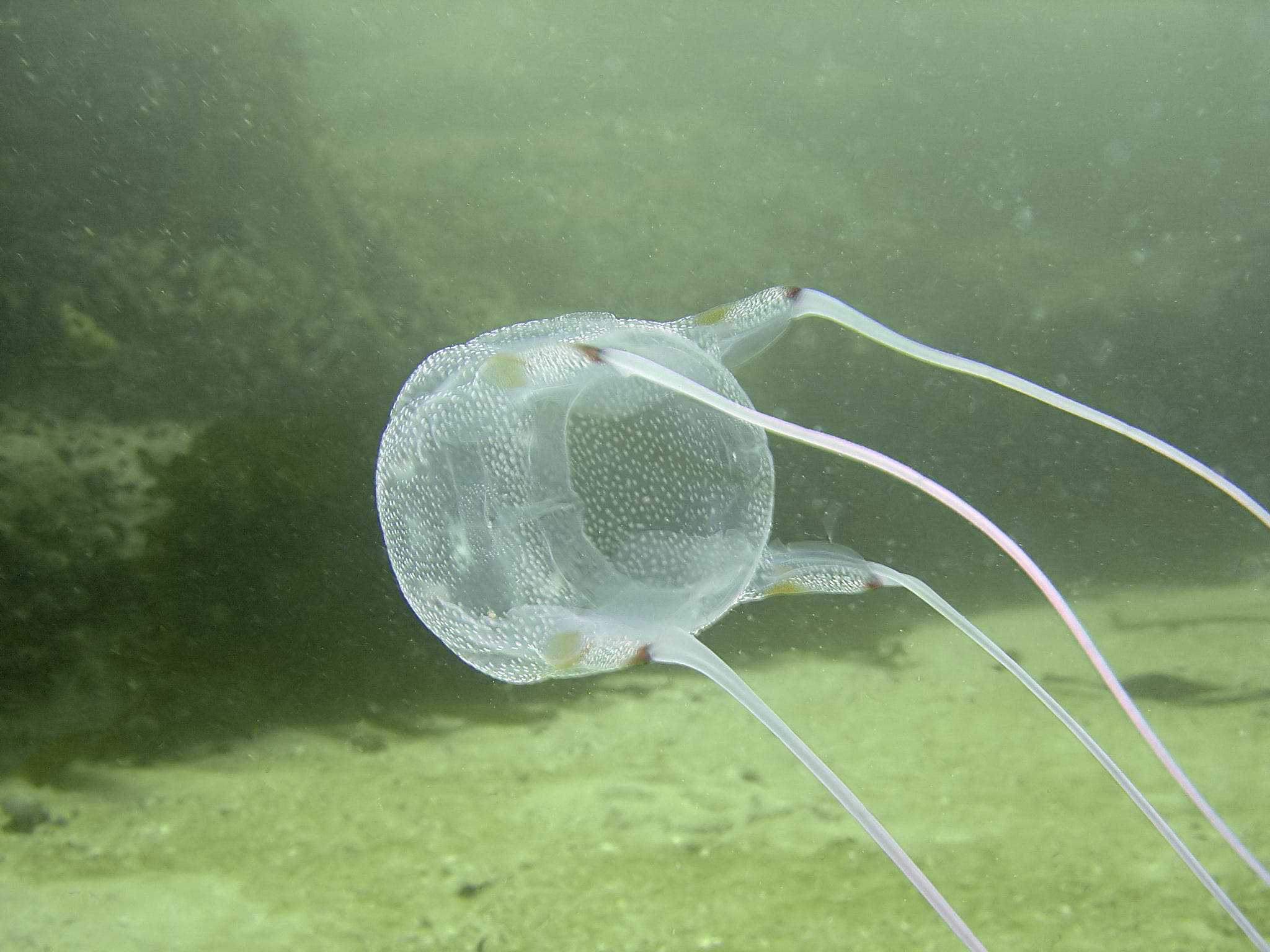Are snakes poisonous or venomous? What about mushrooms? You really should know the difference — here’s what you need to know.

Venom myths
The odds are you’ve heard someone mentioning poisonous scorpions at least once. You may have brushed it off or not paid much attention to it, but scorpions aren’t poisonous.
Okay, it’s true that some scorpions can be deadly but they are not poisonous, they are venomous. It’s a common mistake to call any animal that produces a dangerous toxin poisonous, but there is an important distinction.
The difference is in the way that the toxin is delivered to the victim. Poison is transmitted by being ingested, inhaled, or touched. Venom, on the other hand, is much more specific: it is only injected. Venomous animals have some sort of structure, such as stingers or fangs, that allow for toxins to be injected into another animal. So you consume poison, but venom is administered to you — so animals you consume can be poisonous, but those that bite you and put the toxic in you are venomous.
Another difference is that poison is typically used defensively, to prevent other creatures from eating you. Venom is used offensively, so you can eat other creatures.
When in doubt, you can use the adjective “toxic” without making any missteps. It’s not very elegant, but it’s not strictly wrong either.

Both venomous and poisonous animals produce a toxin that harms or kills other organisms. However, this distinction is important to make because venom is not necessarily poisonous — it might not cause harm if ingested or touched. Another difference is that poisonous creatures produce toxins constantly and cannot choose whether to be toxic or not, but venomous creatures can usually choose when to administer their venom.
Remarkably, there are also some venomous and poisonous animals that produce exactly the same toxin. For example, tetrodotoxin (10,000 times more toxic than cyanide!) is found both in pufferfish where it is a poison, and in blue-ringed octopuses where it is a venom.
Here are just a few examples of some poisonous and venomous critters:
Some poisonous creatures
- Poison dart frogs: these 5 cm frogs contain enough poison to kill 20 humans.
- Monarch butterflies: the caterpillars only eat milkweed and ingest the toxins present in the plants— this makes the butterflies unpalatable to predators.

- Pitohui, blue-capped ifrit, little strikethrush: these are 3 bird species that are endemic to New Guinea, their skin and feathers contain powerful neurotoxins that come from the beetles that they eat.
- The flamboyant cuttlefish: this flamboyantly colored cephalopod contains toxic acids rendering its meat poisonous.
Some venomous creatures

- Box jellyfish: it has been responsible for 5 567 recorded deaths since 1954. Its stingers contain extremely powerful toxins that attack the heart, nervous system, and skin cells, and it is only possible to survive being stung by it if treated immediately.
- Bees and wasps: you’ve probably been stung by a bee or wasp at some point and are aware of the pain caused by the venom.
- Dogfish sharks: unusually for sharks, venom (which is mildly toxic to humans) coats their dorsal spines.
- European mole: their saliva contains toxins that can paralyze earthworms. The moles then store them alive for a tasty treat later.
- Tarantulas: although there has not been a recorded human death due to tarantula venom it can be painful (similar to a wasp sting). The spider can inject venom through its bite and some species also have venom on barbed bristles found on the abdomen.
Now you can be precise in your classification of toxic animals— and know which to avoid!
So to sum it up, poison and venom are both toxic substances, but poison is ingested or absorbed through the skin while venom is injected into the body through bites or stings. Both types of creatures have developed their own adaptive mechanisms and they can both be dangerous — just in different ways.






